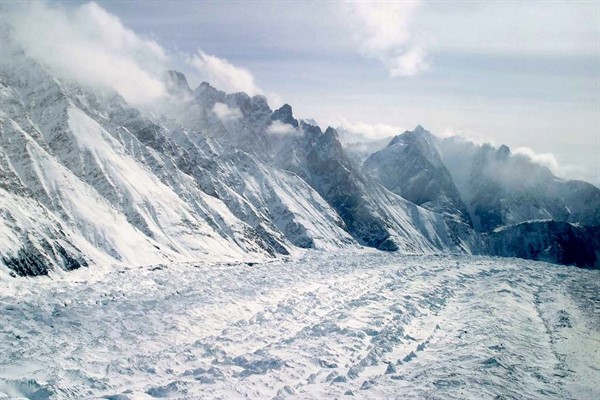In 2004, with the aid of a hardy villager who joined me in one of the most arduous physical experiences of my life, I hiked for four hours high in the mountains of Tibet with a group of Chinese scientists who were studying the alarming retreat of glaciers in the Himalayas.
At nearly 12,000 feet above sea level, we reached a formidable ice sheet the scientists had been studying for some time. There, at the receding edge of a steep glacier, had formed a river, newborn in geological time, and yet already raging in a ferocious torrent less than 100 meters from its point of origin.
The leader of the Chinese observation team, a man named Yao Tandong, told me that this particular glacier had lost 100 meters in thickness through melting, which had accelerated continuously over the previous 30 years. “If you come back here in another 30 years, one thing is for sure,” Dr. Yao said at the time. “There will definitely be no more ice here.”

